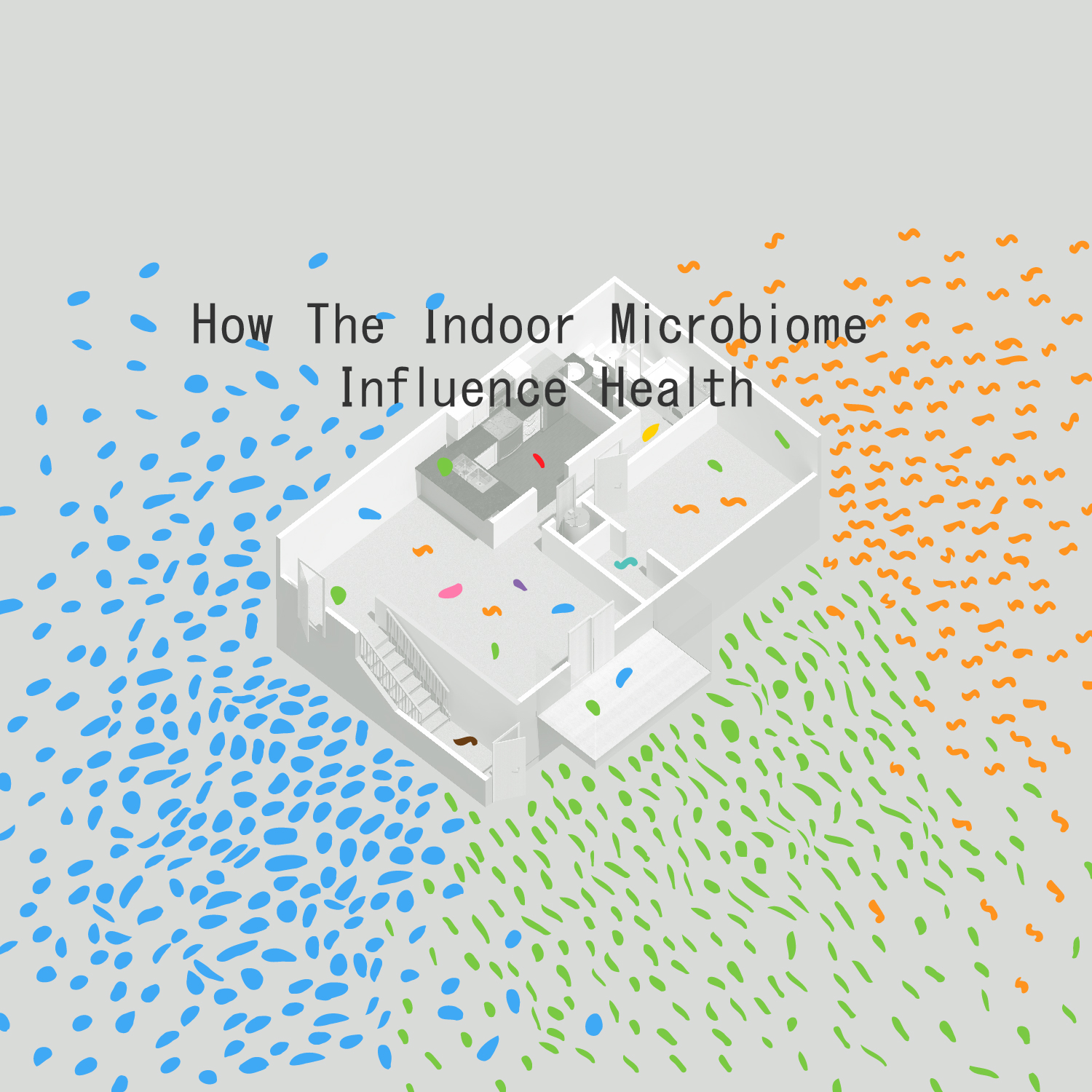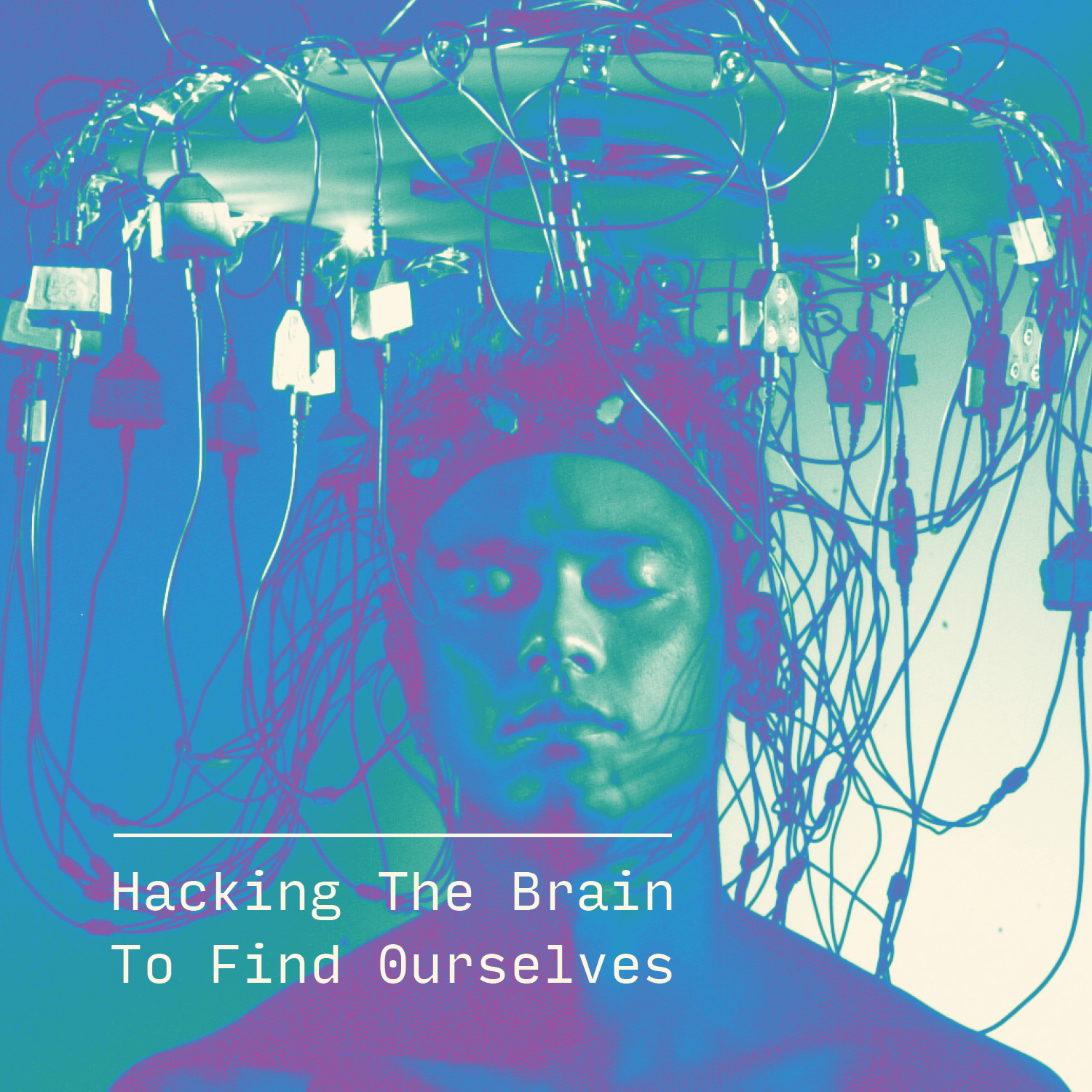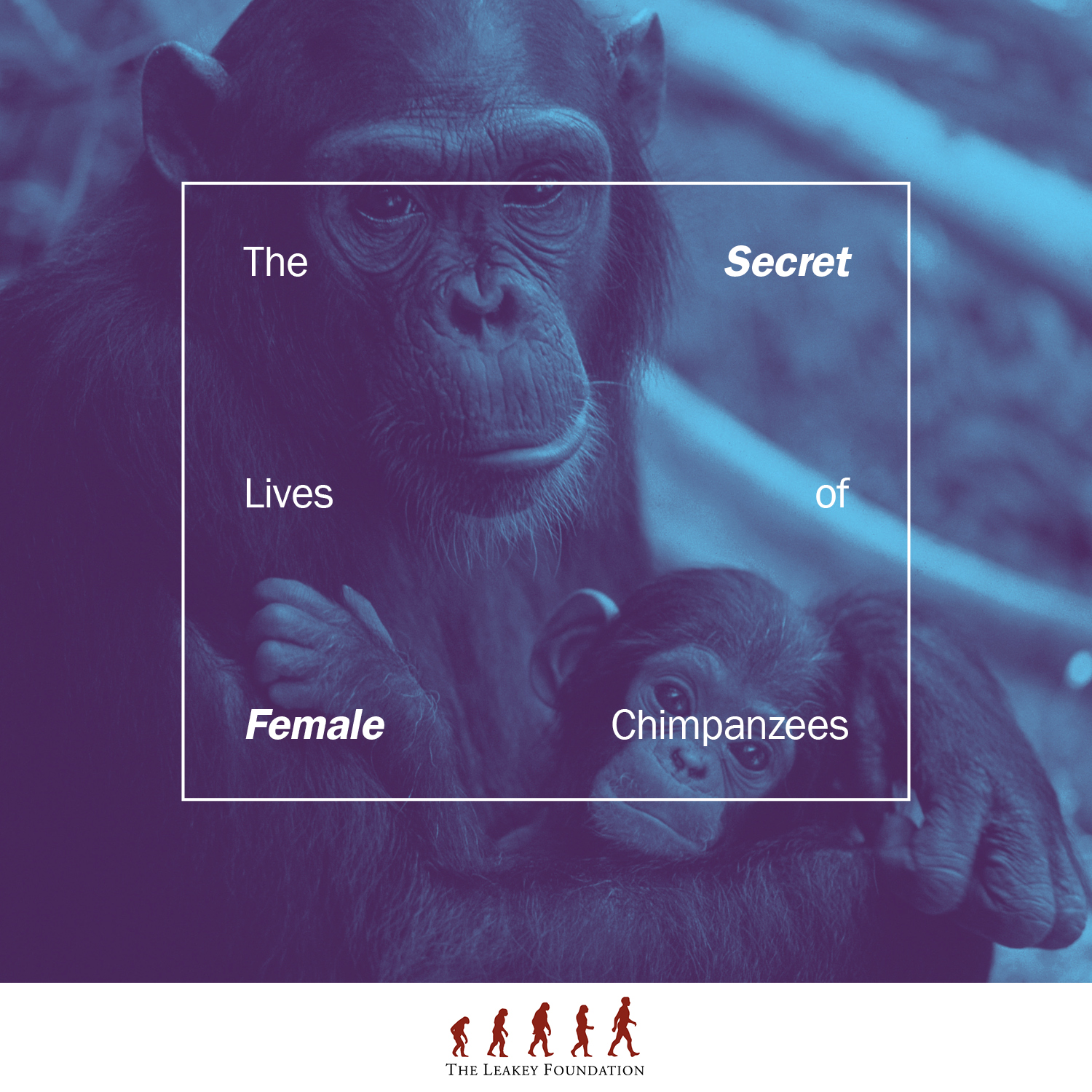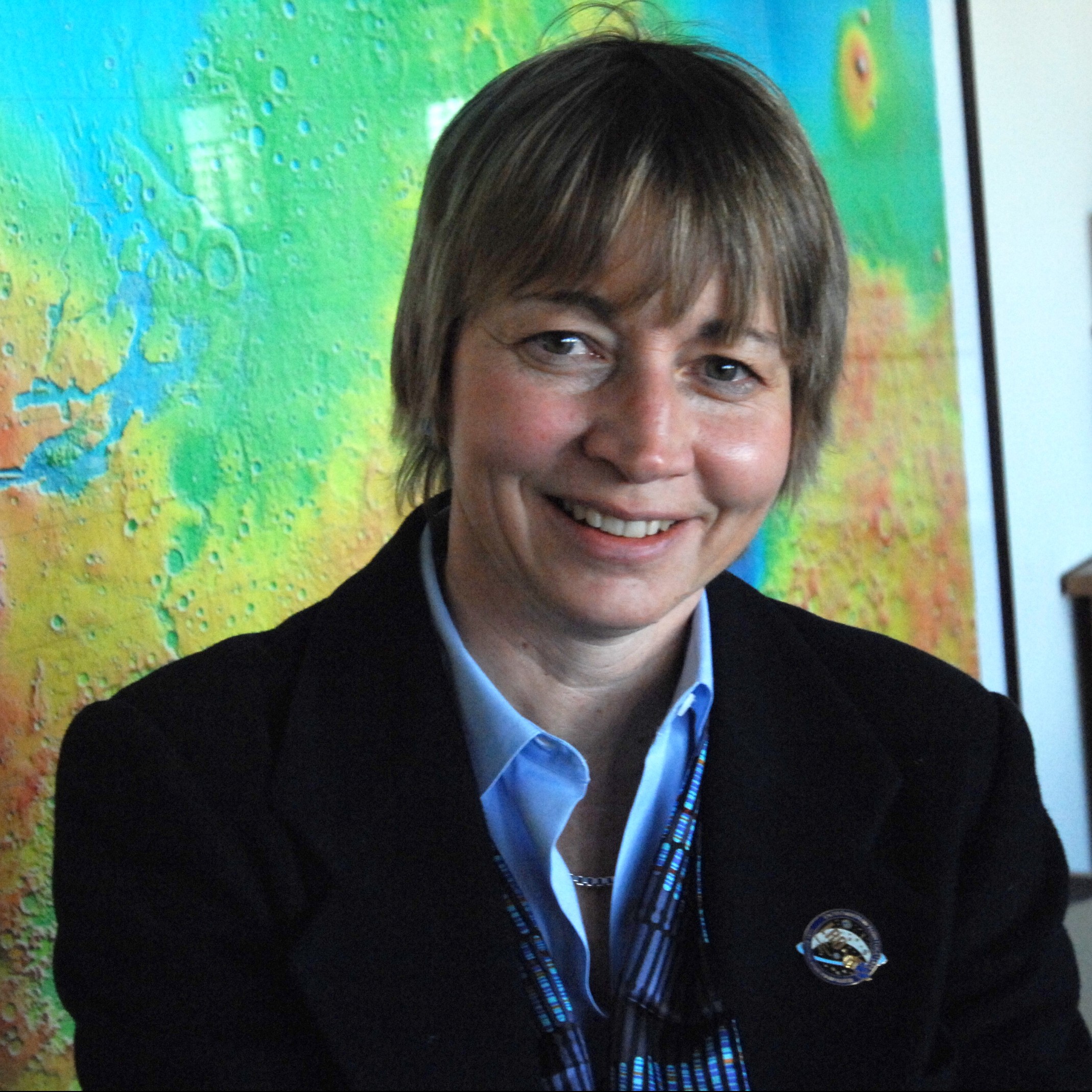
The human race, like all macrobiological life, evolved in a sea of microbes. There was no way to keep the bacterial and archaeal hoards at bay, so instead life evolved mechanisms to live with these invaders. The immune system was refined over millions of years to control our interaction with the microbial world, and even to use it as a mechanism of defense, food processing, and vitamin production. Continue reading “How the Indoor Microbiome Influence Health”

The brain is what allows us to function, yet we understand little about how it works.
Using electrodes implanted inside people’s brains during surgery we can learn how thinking, deciding, feeling and dreaming works. In this talk, you will learn about the current neuroscience research about the way our neurons code our behavior, and how understanding this can help us grasp the nature of free will and our identity kernels. Continue reading “Hacking the Brain to Find Ourselves”

Running 26.2 miles.
The human body wasn’t exactly designed to accomplish this, let alone very easily.
The toll a marathon takes on a body cannot be taken lightly: the inflammatory storm caused in the body can wreak havoc, affecting myriad bodily functions. In order to achieve this feat of athleticism. one must prepare, with months of training and strategic planning. Continue reading “C2ST Speakeasy: “The Metabolism of a Marathon” with Kelly Kester”

Female apes are easily overshadowed by their larger, more boisterous male counterparts. Thus, the nature of female social relationships has been shrouded in mystery. The subtlety of social behavior in female chimpanzees belies a complex set of strategies that allow them to navigate the costs and benefits of group life.
Continue reading “The Secret Lives of Female Chimpanzees”




